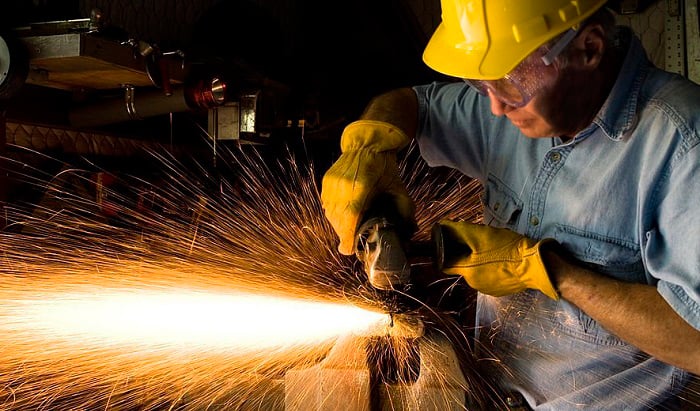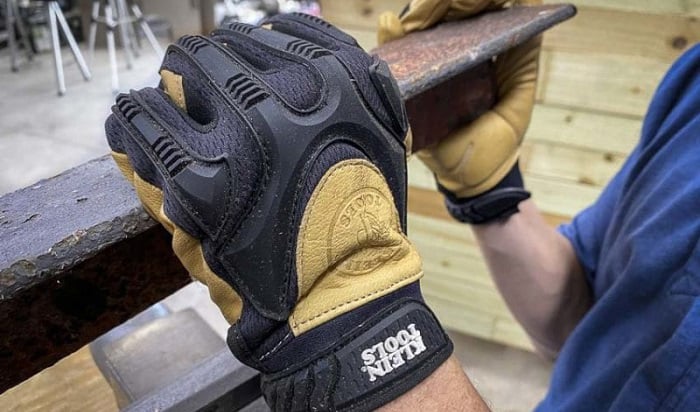When working with moving parts of machinery, there are many hazards involved if we do not follow safety regulations and know how to protect ourselves.
There are risks of machine rotation entanglement as it catches our clothes or a part of our body when moving. Incidents can occur during work or maintenance, which requires us to be extra cautious in every task that requires operating equipment.
Let’s start with addressing this query: What type of gloves is recommended when using moving machinery? A quick answer for you should be, please take off gloves when you use moving machinery.
Table of Contents
Regulations of Osha Gloves and Rotating Equipment
For your information, the Occupational Safety and Health Administration (OSHA) strictly advises that protective gloves should not be worn near moving machinery.
Therefore, instead of asking what type of gloves to wear in such cases, we should address the question, “why should gloves not be worn when operating a machine?”
OSHA elaborates on this issue by stating multiple accidents which happened due to the glove getting pulled into rotating machinery, thus dragging the individual who wears it in and resulting in major injuries.
Hence, all workplaces that handle moving machines are required to inform their employees about OSHA gloves rotating equipment regulations, including:
- Prohibition to wear gloves when using rotating or moving machinery parts, including bench grinder, sander, milling machine, lathe, saw, drill press, jointer, etc.
- Attention to signage that notifies workers whether they should or should not use machine gloves when working with a piece of equipment.
- Besides these, there are several practices that employers must follow to ensure a safe workplace:
- Specifying procedures and policies regarding workplace safety, including qualifying protective gloves.
- Instructing workers to wear the required safety devices and guards provided by the machine manufacturer.
- Maintaining a clean and safe area around the working machine and reducing workers’ exposure to moving machinery as much as possible.
What to Wear When Operating Moving Machinery?
Most of the time, there are no machinery moving gloves to be worn during the process. However, workers still need to put on certain protective gear and be cautious when handling tasks. Here’re what to note down for your safety:
- Always wear a close-fitting outfit near rotating or moving machine parts
- Always roll up the safety coat sleeves when getting near the machinery
- Check and cut all the loose threads on the clothing
- Remove all pieces of jewelry
- Tie your hair neatly
Indeed, there are situations where we put on protective gloves due to hazards such as vibration, sharp and pointy edges, heat, and chemicals. Of course, there must be regulations and direct requirements from the employers on whether specific types of safety gloves should be worn near moving machinery.
Suppose you want to use gloves for operating equipment in your free time, and we cannot stress enough how gloves machinery should only be worn when they are utmost necessary, you should assess the hazards before picking the right type of gloves.
According to OSHA hand protection regulations, there is no ANSI standard for gloves with this purpose. Hence, thoroughly check the glove features, materials, and protective functions.
Conclusion
If your family member or fellow worker asks you what type of gloves is recommended when using moving machinery, please warn them that it is against OSHA glove requirements to put on gloves when handling such tasks.
We risk getting caught in dangerous rotating parts that do not stop even when we get pulled into their moving mechanism. Therefore, it is the responsibility of employers and employees alike to ensure ultimate safety at the workplace.

This is Edward Manning, the editor in chief of Construction Informer. Quite a bit of my time is spent researching the market and interviewing experts in the field so that I can give you reliable information.




